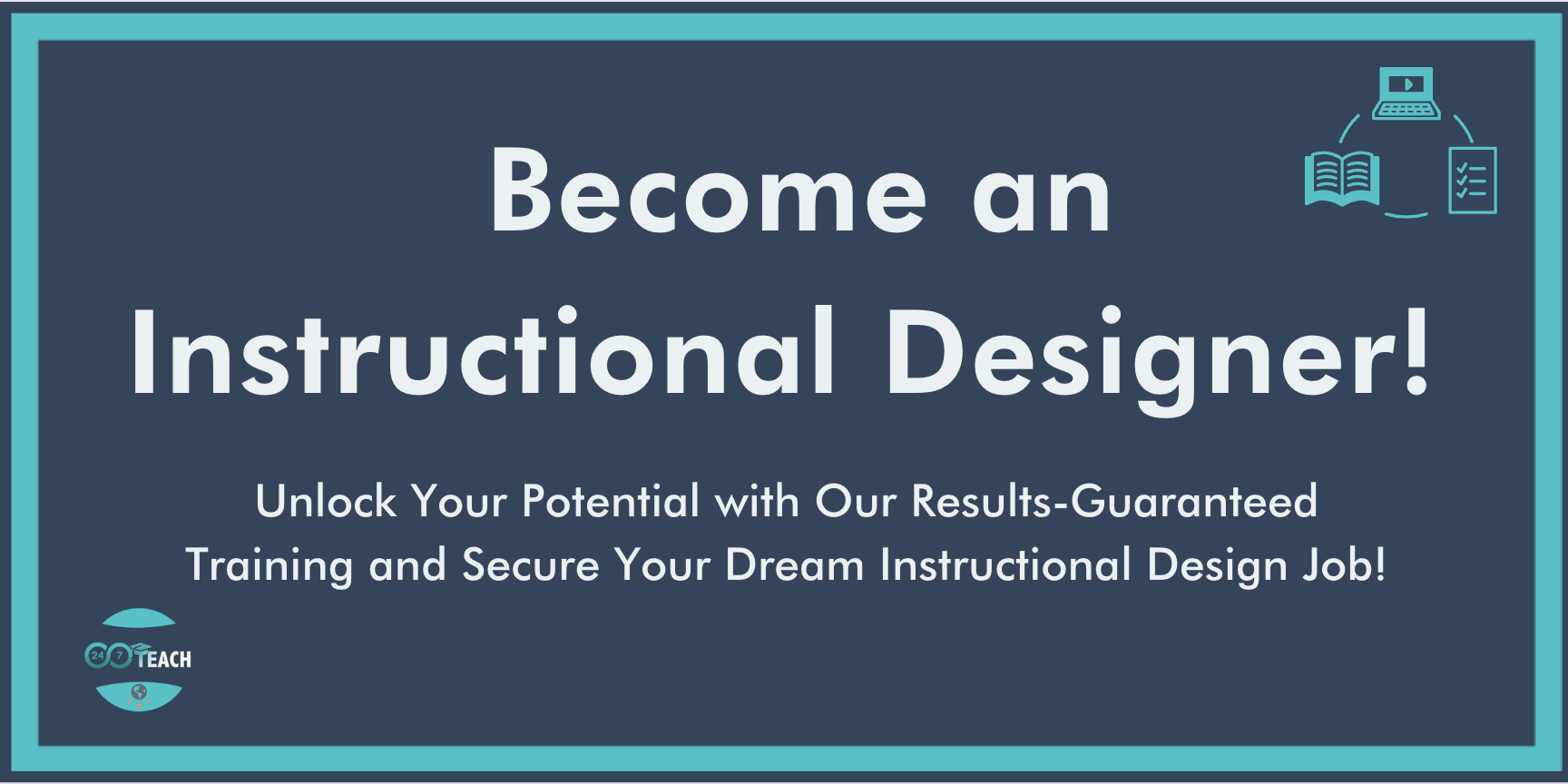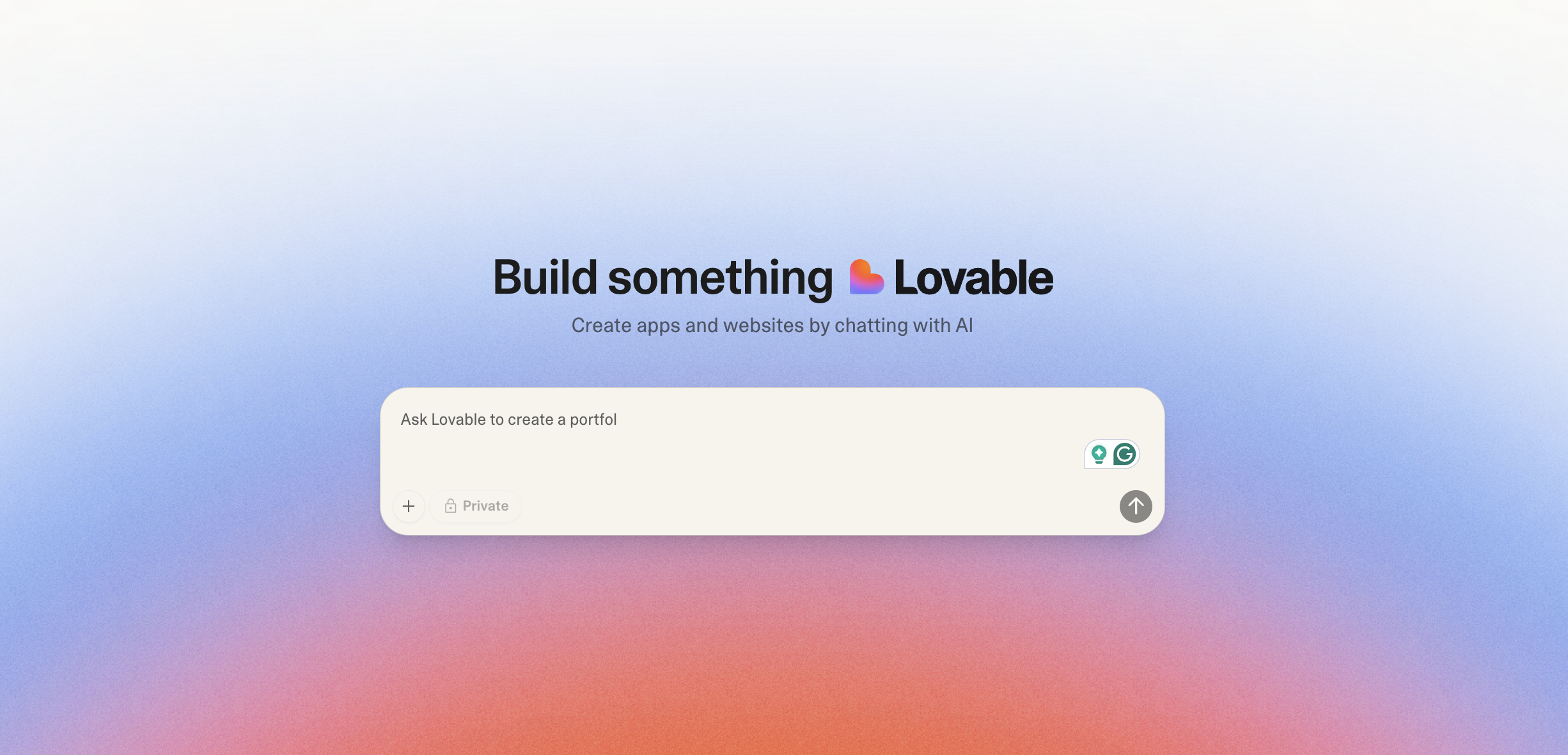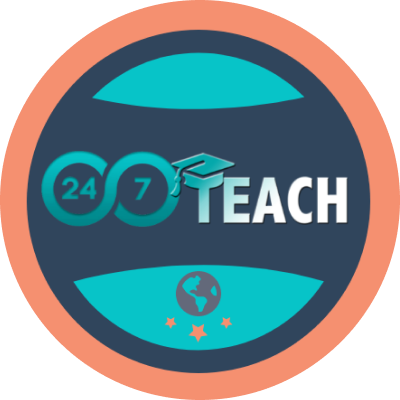6 Steps to Finding your Perfect Instructional Design Job with ChatGPT
By Nathalie Fernandez
Instructional Designer at 24/7 Teach and Linguistics expert
Prefer to listen to this post? Click below.
How I Used ChatGPT to Align My Career Path:
Navigating the job market can be challenging, especially when transitioning into a new field, like instructional design. My goal was to find a company that aligns with my values, where I can add value from day one and avoid the anxiety of feeling like an impostor.
Previously, during a session with my instructional design career mentor, we discussed some essential steps to ensure I find not only the right job fit but the right life fit as well. My mentor suggested using ChatGPT as a thought partner, but I felt some guilt about relying on AI for something I wanted to do myself. I value authenticity in my applications. However, an analogy I once read changed my perspective. We use calculators for math we could do manually and Google Maps for routes we already know to stay updated on traffic. In the same way, using AI frees our minds to focus on the deeper thinking behind what's truly important.
Here’s how that conversation with my mentor went, and how I’ve used tools like ChatGPT to streamline my past job searches.
Step 1: Self-Reflection — Understanding My Career Values
Before I began submitting job applications, my mentor emphasized the importance of self-reflection. We discussed my values, strengths, and career goals. I realized that understanding what kind of work environment helps me thrive and what skills I bring to the table would be crucial for identifying companies that align with my professional aspirations.
Key Lesson: Self-reflection helped me understand what I’m looking for in a job and why certain roles and companies will be a better fit for me, setting the stage for a successful job search.
Step 2: Defining My Ideal Company Characteristics
After our discussion on self-reflection, my mentor and I worked on defining what kind of company would allow me to thrive. We identified three key characteristics of my ideal company:
Health and happiness: The company should have a strong reputation for happy employees, where they feel valued and appreciated for the contributions they make. The company also focuses on the physical and mental health of the employees, and they take a holistic approach through policies, programmes and benefits.
Work-life balance: The company focuses on excellent work and being committed to delivering the best outcomes, but it must be paired with a commitment to living life excellently as well..
Empathetic Management: Beyond being effective, management should be supportive and understanding of employees’ needs.
Key Lesson: By defining what I’m looking for in a company, I narrowed my search to those organizations where I’m likely to find long-term satisfaction and success.
Step 3: Evaluating My Fit for Specific Job Opportunities
Once I identified potential companies, my mentor and I discussed how to assess my fit for the roles they offer. My mentor suggested I rate my candidacy for a particular job on a scale of one to ten, with ten indicating a perfect fit. Initially, I rated myself a seven, signaling some room for improvement.
With the help of ChatGPT as a partner, I could identify strengths and weaknesses that were blind spots in addition to those that I have already pointed out. Using ChatGPT to help me prepare for a potential interview in my head also helped me assess if this job was indeed a right fit for me.
How I Used ChatGPT:
I input the job posting into ChatGPT and asked for a breakdown of the key qualifications and responsibilities.
Then, I compared these requirements against my resume. ChatGPT highlighted areas where my skills and experiences aligned well and identified gaps that needed addressing.
Using this analysis, I was able to rate my own fit for the role more accurately.
Some prompts I used:
“Based on the following job description and my attached resume, please rate my fit for this role on a scale of 1 to 10. 1 being I am not a fit at all and 10 being I am an excellent fit and please explain why.”
"Given this job description, what are potential challenges I might face based on my current resume? How can I address these in my application or interview?"
"Based on my work experience, what are three unique strengths I bring to this role that may not be immediately apparent from my resume?"
"Can you suggest ways to frame my previous experiences to better align with the key responsibilities of this role?"
"Based on this company's stated values and culture, how well does my work style and values fit?"
"What are the top three behavioral competencies needed for this role, and how can I effectively communicate my strengths in these areas?"
Key Lesson: A realistic assessment of my fit for a role helped me focus on positions where I’m more likely to succeed and avoid those where I might struggle or feel out of place.
Step 4: Tailoring My Resume to the Job Posting
Just like how we tailor our clothes to help us look our best and well put together, tailoring my resume for the next step. To improve my fit, my mentor and I decided to rewrite my resume to better align with the job posting. This step was crucial because my resume is my first opportunity to show potential employers that I’m the right candidate.
Real-World Example: Initially, when I rated myself a seven out of ten, I realized that my resume didn’t fully highlight my most relevant skills. With ChatGPT’s help, I identified the specific experiences and qualifications that matched the job description. My self-assessment improved after tailoring my resume, and I felt more confident in my application.
How I Used ChatGPT:
I provided ChatGPT with the job posting and my current resume.
I asked ChatGPT to suggest how to tailor my resume to better match the job description, focusing on relevant experiences, skills, and accomplishments.
Using these suggestions, I rewrote my resume, ensuring that it highlighted how I met the company's specific needs.
Some prompts I used:
“Please rewrite my resume so that I am rated a 9.5 or better for the above job posting”
"Can you suggest a way to present this achievement in a way that aligns with the company’s focus on innovation and efficiency?"
"Can you help me rewrite my professional summary to emphasize how my experience directly supports the key objectives mentioned in this job posting?"
"Based on my refined resume and cover letter, how would you rate my fit for this job now?"
"Can you review my resume and cover letter as if you were a hiring manager for this position and suggest any final improvements?"
"What are some potential red flags or areas of concern in my application that I should address before submitting?"
Key Lesson: A customized resume increased my chances of being seen as a top candidate, which improved my self-assessment from a seven to a ten in terms of fit.
Step 5: Applying with Confidence
Before I applied for a job, I asked myself a very important question: “Can I add immediate value to the organization if I were to get the job?” If my answer was no, I did not apply.
With a well-tailored resume and a clear understanding of my fit, I felt ready to apply to positions where I knew I would thrive and add value. The work I had done with my mentor and ChatGPT ensured that I was not only a strong candidate but also that I was applying to roles and companies where I could thrive.
How I Used ChatGPT:
I drafted a personalized cover letter that complemented my resume and highlighted why I was excited about the specific role and company.
I then asked ChatGPT to review my cover letter and offer revisions to make it as compelling as possible.
Some prompts I used:
"I found this article about the company’s recent sustainability initiatives. Can you help me incorporate this into my cover letter to show my alignment with their values?"
"Based on the company’s recent focus on diversity and inclusion, how can I highlight my related experiences in my application?"
Key Lesson: I felt confident about my application because I knew I had done the necessary work to align myself with the right opportunities, reducing the likelihood of experiencing impostor syndrome.
Step 6: Embracing Continuous Learning and Feedback
During our discussion, my mentor also reminded me that the job market and my skills are constantly evolving, so it’s important to keep learning and improving. I committed to regularly updating my resume, seeking feedback from peers and mentors, and using tools like ChatGPT to stay current with industry trends and job requirements.
Key Lesson: Finding the right job and company is often an iterative process. I learned to be open to revising my approach as I progressed through my job search and not to hesitate in seeking feedback to help me grow.
Final Thoughts
Using tools like ChatGPT has significantly enhanced my job search by providing valuable insights and helping me align my applications with the right companies. Whether you’re an instructional designer or transitioning into a new career, focusing on roles where you can add immediate value and feel confident in your abilities is key to long-term success.
My goal was to find a company and role where I could genuinely be a ten on my own scale—a place where I feel confident, capable, and ready to contribute from day one. By following these steps with the guidance of my mentor, I’m well on my way to finding a job that’s not just a good fit but the perfect fit for me.
Discussion Assignment: Selecting the Right Instructional Design Tools
Join the conversation and participate with the 24/7 Instructional Design community by completing the assignment and adding your answers in the comment section below:
Reflecting on the process described in the post, what are some specific characteristics or values that you would prioritize when searching for your ideal company? How do you think using tools like ChatGPT could help you align your career goals with the right job opportunities?
Share your thoughts and any experiences you’ve had with tailoring your resume or job search strategies.
Need Guidance on Navigating the Shift to Instructional Design?
Before You Go...
Discover the Unmatched 24/7 Teach Experience:
Our Instructional Design bootcamps and career coaching services have a 100% success rate. We redefine learning by immersing you in practical, hands-on projects, ensuring you acquire vital professional expertise while making a meaningful difference in your community.
Unlock your true potential today with 24/7 Teach and invest in your future.














